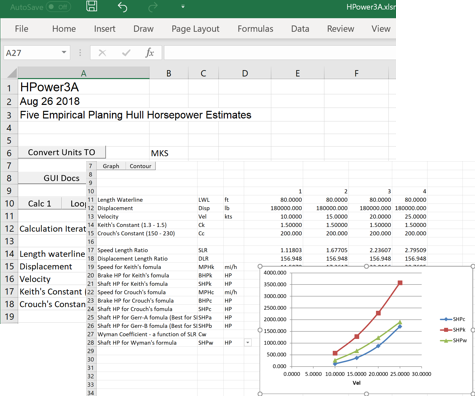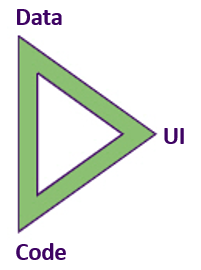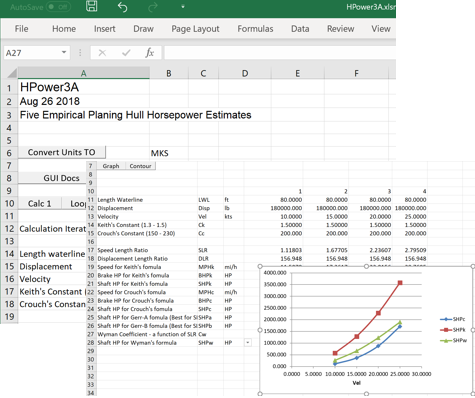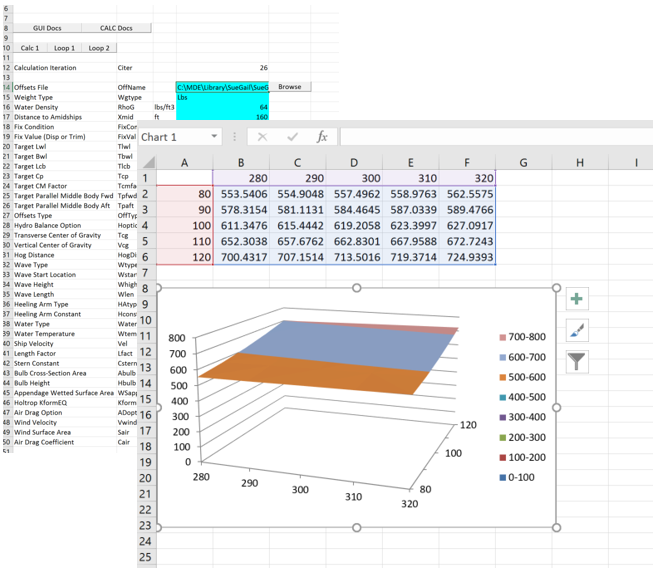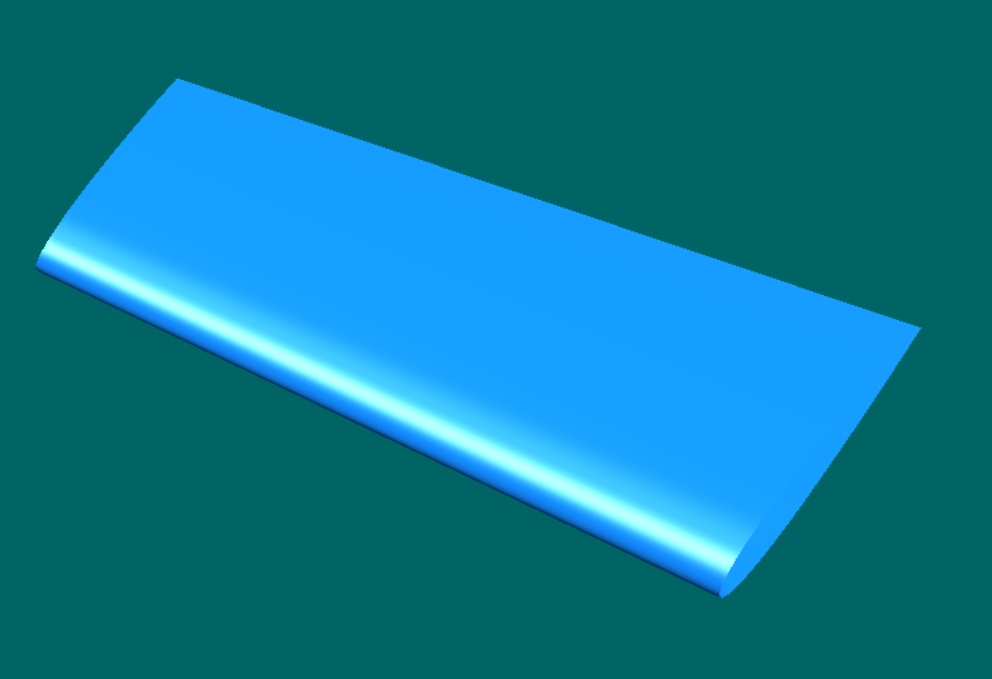DATA ENGINEER
Eliminate code and data integration hell across all horizontal, vertical, and longitudinal markets using plug-and-play components from anyone. Legacy code and data can be tied in with automatic Code Engine data converters. Internal OOP classes are split apart into separate external plug-and-play files of code and data. Any data and data structure from any program can be put into one universal variable and data structure JSON file. This is more than NOSQL. It's UDB - a Universal Database - that can store variables, arrays, matrices, objects, structures, tables, and more with links connecting files. TriSplit will establish Open Data Definition (ODD) collaborative forums to define industry schemas. TriSplit offers a path for unifying Product Lifecycle Management (PLM), Process Integration and Design Optimization (PIDO), and Digital Twin systems. Use TriSplit to build your data centric, data driven, and functional programming world.
SIG/BOF
Special Interest Groups/Birds Of a Feather - TriSplit offers you a way to collaborate using plug-and-play code, data, and user interfaces. You can group code and data together to create a Universal Interface Executive (UIX) for a specific area that uses one common UDB database for all inputs and outputs. You can also wrap code and data together to create new Code Engines without writing a line of code. A SIG for kayak design could group repository Code Engines and data together to generate hull shapes, do calculations, and produce full-size dimensions to drive CNC machines or 3D printers. SMEs could create a new Code Engine by wrapping one to generate a hull shape with one to calculate the resistance so that you can automatically search for a hull with the least resistance - all plug-and-play.
INDUSTRY
Take control of your data and code. Unify and collaborate across all markets for PLM and Digital Twin. Over the last 50+ years, app islands that define and encapsulate their own data formats and code APIs have dominated with different and manual neutral file connections. TriSplit splits data and code into their own separately defined plug-and-play external objects. Custom connecting different website APIs of encapsulated code and data is not a viable solution. Horizontal, vertical, and longitudinal industries can define base data definitions and TriSplit's UDB database will allow for custom data and new ideas. TriSplit offers one universal JSON schema for ANY data and data structure from all programs. The future is data centric functional programming. Separate web "castles" and "moats" don't do that. Professional societies can use TriSplit to promote and implement "coopetition."
